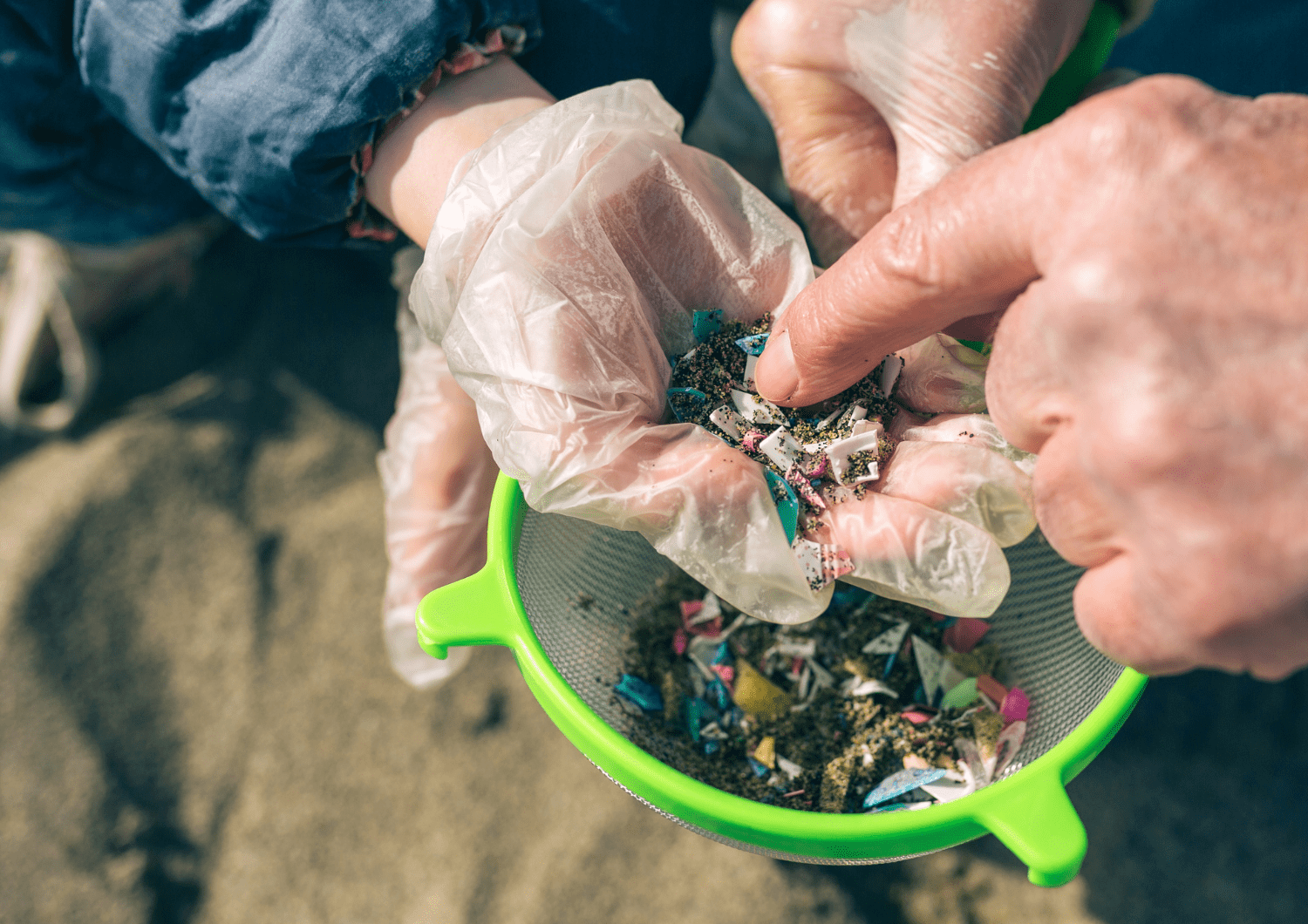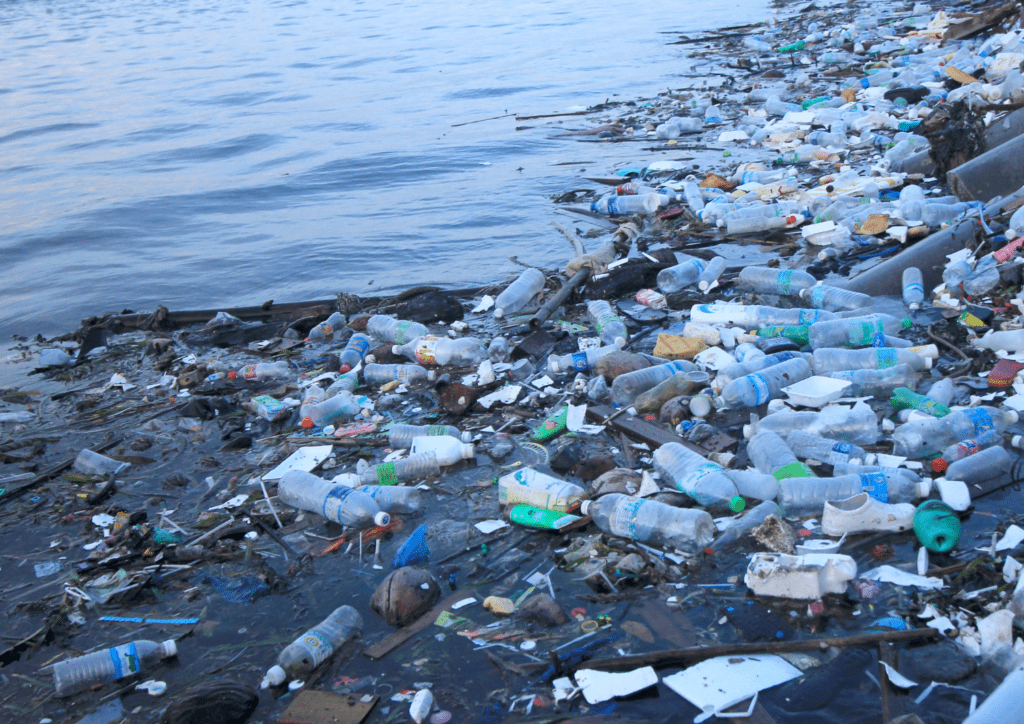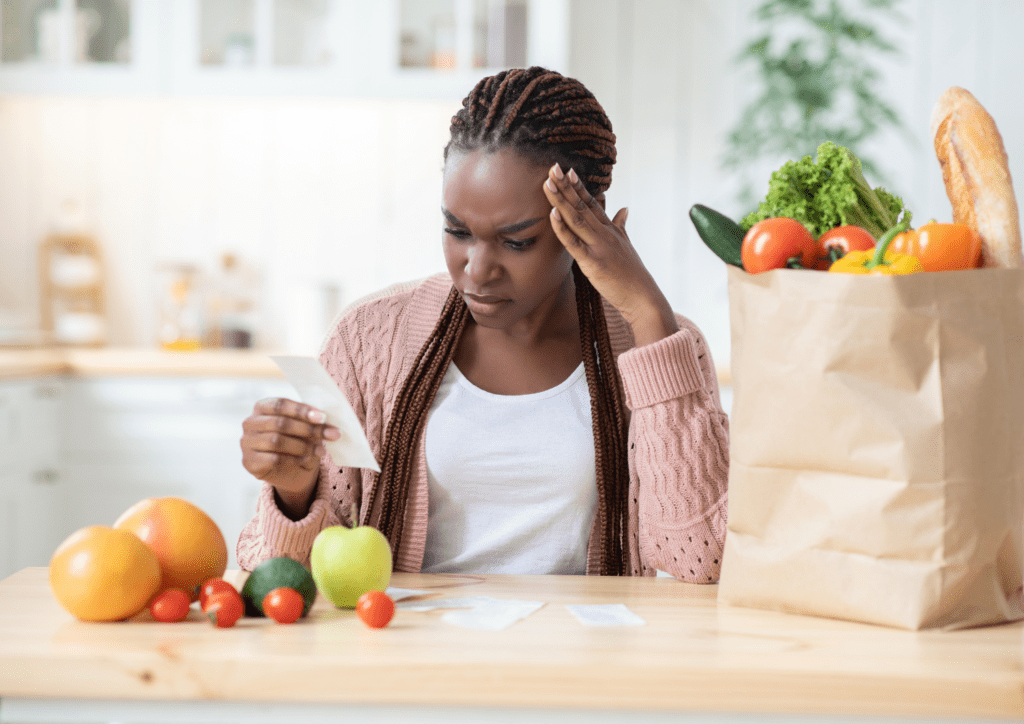You’ve arrived at the final stop in the story of plastic in Canada. It’s the part that we’re most used to hearing about: waste and litter. Last week, we checked out the aisles of the country’s grocery stores to confirm just how much single-use plastic is on the shelves. It’s a lot, and almost all of it ends up as garbage after a brief use. Plastic never really dies, but today let’s take a look at its final resting place.
This Plastic Free July, we’re sharing the *full* story—and impacts—of plastics in Canada. The story starts in the ground (for example, the Alberta tar sands) where oil and gas are extracted, runs through a pipeline and into a refinery and factory before it ends up in a store, in our hands, then on a beach or in a bin before it’s trucked for disposal. At each step along the way, plastic products and chemicals—including small particles known as microplastics—contaminate air, food, water, soil, plants and the bodies of animals, including humans.
Where does our plastic waste go?
More than 4 million tonnes of plastic is thrown away every year in Canada. Every. Year. And more than 90 per cent of it ends up in landfills, incinerators or the natural environment.

But not every community ends up with a stinky, sickening trash heap in their backyard. One study found that, in Nova Scotia, dumps and landfills are more likely to be located near Black and Mi’kmaw communities—a troubling finding that parallels other provinces.
The Oneida Nation of the Thames and the Chippewas of the Thames First Nation in southwestern Ontario found themselves across the fence from the City of Toronto’s Green Lane landfill, where 500,000 tonnes of plastic-laced garbage is sent every year, generating air pollution, including dust and toxic gases, that are breathed by neighbouring communities. The Oneida Nation members have called the landfill “the number one environmental threat” to their community.
There is also the plastic trash that is shipped from Canada to be dumped in other countries, including India and Indonesia, where it poisons people and their environment.
And this doesn’t even include the pervasive plastic pollution we’ve covered elsewhere in this blog series—the stuff that isn’t closely measured, trucked to landfills or shipped overseas. Plastic and the cocktail of chemicals it is made from start leaking into the environment right from the very start, long before most of us ever come into contact with it. And while there’s no official count of this more diffuse and insidious plastic pollution, it really adds up.
What are microplastics?
Microplastics are particles of plastic that are 5 millimetres or less. They have been found across the country, from Point Pelee to the arctic circle, where they are found in the foods upon which Inuit people rely.
Plastic pellets—the small spheres of plastic that are used to make plastic products —are littered out of the petrochemical plants in places like Chemical Valley even before they can become consumer products. A 2018 survey of 66 Great Lakes beaches found plastic pellets on nearly two thirds of them. The highest concentration was found on Baxter Beach in Sarnia, Ontario, right next to Chemical Valley.

The harmful and hazardous chemicals added to plastic during manufacturing—including the chemicals poisoning the air and water in Sarnia, Ontario—are everywhere. Plastic products leach microplastic particles and other chemicals involved in plastics manufacture, even as we’re using them. Microplastics linked to packaging are being found in food and beverages all over the world.
Microplastics then continue to leach out of plastic waste after disposal. And new research from the UK found that massive amounts of microplastics are produced from plastics recycling. That means that recycling, the industry’s “solution” to the plastic crisis, might actually be making the problem worse.
And the thing about chemicals associated with plastics, including microplastic particles, is that they are mobile. No one can control where they go once they are in the environment. For example, microplastic pollution has been growing exponentially in the Arctic, very far from where plastic is produced, used and thrown away.
How can we reduce plastic waste?
Whether intentional or not, the petrochemical and plastics industry are using land, water, food and our very bodies as dumps for the pollution they generate but never count. As we’ve noted in previous posts in this blog series, some communities are more affected by this pollution than others—not least Indigenous communities living in the path of oil and gas extraction, pipelines, refineries and waste management sites.
Max Liboiron, originally from Treaty 6 territory and a microplastics researcher at Memorial University, argues that pollution is colonialism. Companies that extract oil and gas and make chemicals and plastics have permission to pollute under the assumption that bodies and ecosystems can handle a certain amount of it. Polluters are given access to land, waters and our bodies for the purpose of dispersing their toxic byproducts.

The full story of plastics in Canada is a chapter in the history of colonization of the continent. And while we are all plastic people at this point, plastic pollution in all its forms disproportionately affects Indigenous communities who are prevented from exercising their right to say no.
It’s past time to reign in production and use of plastics in Canada and enable Indigenous peoples to rebuild lifeways and relations with the land, waters and animals that plastic has helped interrupt. To do that, governments in Canada and around the world must reign in production and use of plastics–starting with unnecessary single-use plastics—and transition to a fair and healthy economy based on the reduction of plastic production and the reuse, repair and remanufacture of the packaging and products we do need.









